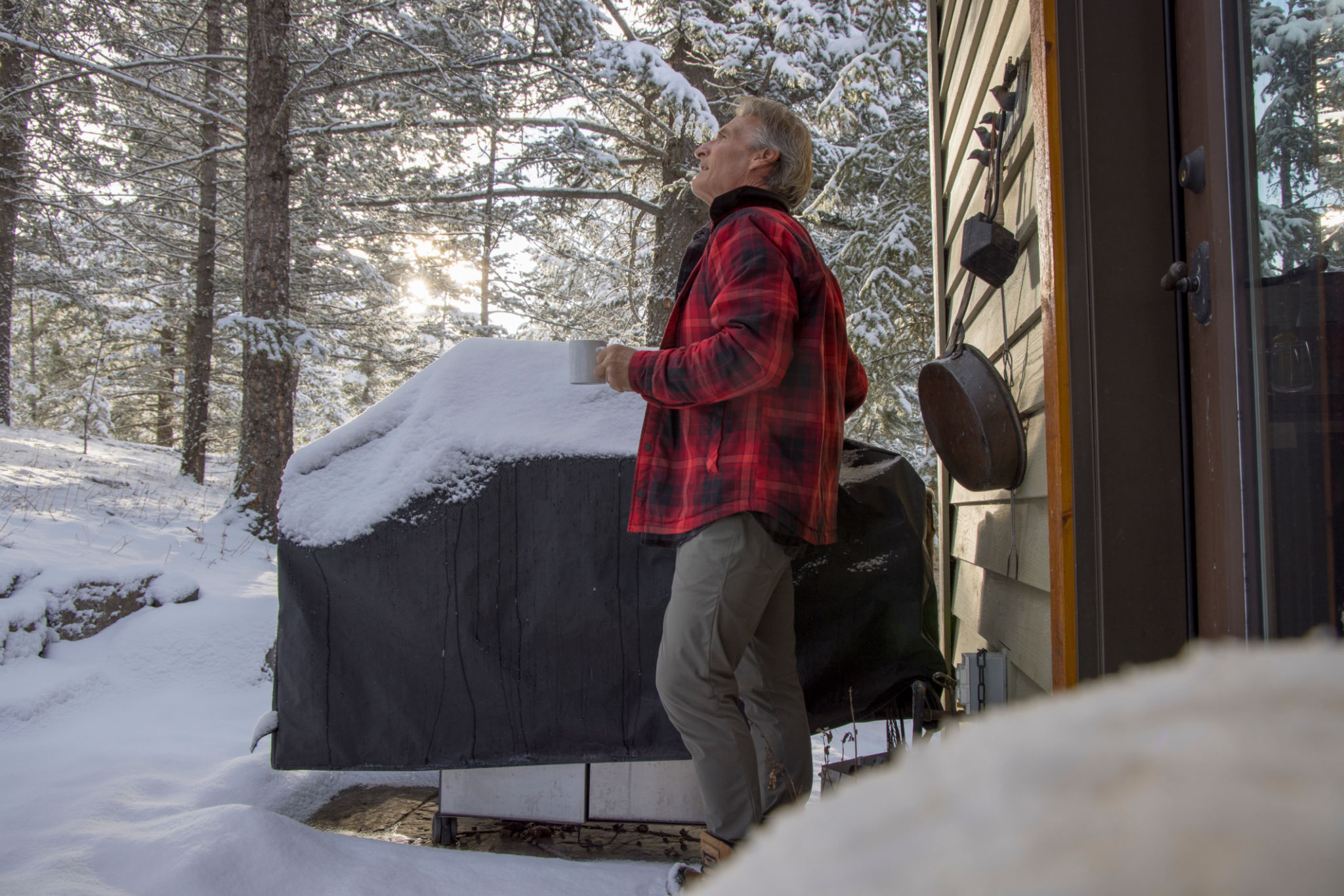Preparing Your Deck for Canadian Winters: Essential Tips
Understanding the Impact of Canadian Winters on Your Deck
Canadian winters can be particularly harsh, with temperatures plummeting and snow accumulating rapidly. These conditions can take a toll on your outdoor deck, leading to potential damage over time. Wood can warp, crack, or rot due to moisture, while metal components may rust. Therefore, it's crucial to prepare your deck to withstand the winter months.

Inspect and Repair Your Deck
Before the first snowfall, conduct a thorough inspection of your deck. Look for signs of damage such as loose boards, protruding nails, or structural issues. Repairing these problems before winter arrives can prevent them from worsening under the weight of snow and ice. Tighten any loose screws or nails and replace any damaged boards to ensure your deck is in top condition.
Clean and Seal the Surface
Cleaning your deck is an essential step to prevent mold and mildew, which thrive in damp conditions. Use a power washer or a deck cleaning solution to remove dirt and debris. Once clean, apply a high-quality sealant to protect the wood from moisture. This sealant acts as a barrier, preventing water from seeping into the wood and causing damage.

Protect Your Deck with Covers
Consider using deck covers or tarps to shield your deck from snow and ice accumulation. These covers help maintain the integrity of the deck surface by keeping moisture at bay. If covers aren't feasible, regularly remove snow using a plastic shovel to avoid scratching the wood.
Maintaining Your Deck During Winter
Even with proper preparation, ongoing maintenance is key to keeping your deck in good condition throughout the winter. Monitor the deck for any signs of damage, such as warping or cracking, and address issues promptly.

Clear Snow and Ice Regularly
Regularly clearing snow and ice from your deck is essential. Use a broom or plastic shovel to gently remove snow without damaging the wood. Avoid using salt or other de-icing chemicals as they can be harmful to both the deck material and surrounding vegetation.
Check for Water Pooling
Water pooling on your deck can lead to significant damage over time. Ensure that water drains properly by checking the slope and making necessary adjustments if needed. This will help prevent water from seeping into the wood and causing rot or other structural issues.
Long-Term Care for Your Deck
Once winter passes, conduct another thorough inspection of your deck. Look for any new damage that may have occurred over the winter months. Regular maintenance, such as resealing and repairing as needed, will extend the life of your deck and keep it looking its best.
By taking these proactive steps, you can protect your deck from the harsh Canadian winters and enjoy its beauty and functionality for many years to come.